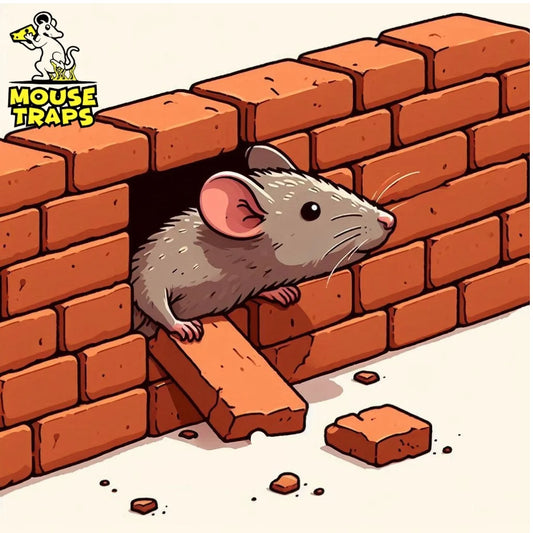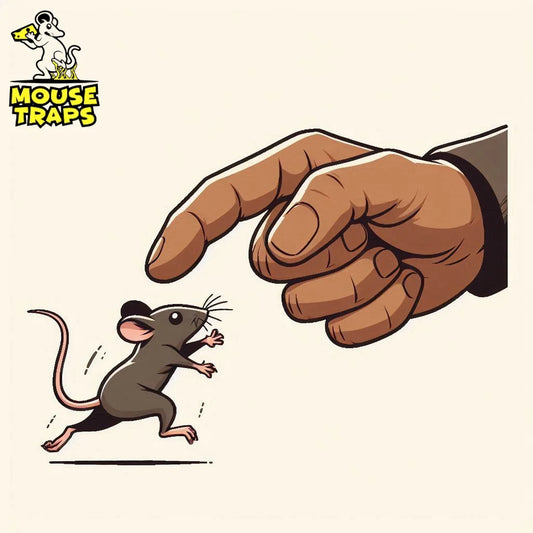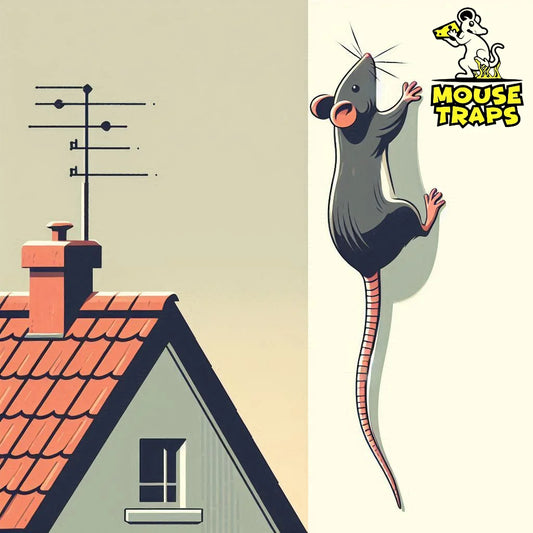Rats are attracted to homes for various reasons, primarily seeking food, water, and shelter. Here are some common factors that might attract rats to your house:
-
Food sources: Rats are scavengers and will seek out easily accessible food. Leaving out uncovered garbage, pet food, bird feeders, or spilled food indoors can attract them.
-
Water sources: Like all creatures, rats need water to survive. Leaky pipes, standing water, or even condensation can provide them with the moisture they need.
-
Shelter: Rats seek warm, dry places to build nests and breed. Cluttered areas, woodpiles, overgrown vegetation, or gaps in walls and foundations can provide them with hiding spots and nesting sites.
-
Access points: Rats can squeeze through surprisingly small openings, so any gaps or cracks in your home's exterior can serve as entry points. This includes gaps around doors and windows, holes in walls, vents, and openings around utility lines.
-
Poor sanitation: A lack of cleanliness can attract rats. Accumulated garbage, dirty dishes, and uncleaned areas can provide both food and shelter for rats.
-
Nearby populations: If there are other properties nearby with rat infestations, rats may be drawn to your home as well, especially if it offers better food or shelter opportunities.
To avoid rats, from being drawn towards your house it's crucial to get rid of these things that attract them by practicing cleanliness sealing off entry points getting rid of food sources and maintaining your property well. Moreover think about using traps or reaching out to pest control experts if you suspect there is a rat infestation.
Live mouse Trap:
Click Here To Buy Live Traps
Advantages of Live Traps:
-
Humane: Live traps catch rodents without harming or killing them, allowing for their safe release elsewhere.
-
Safe for Pets and Children: Live traps pose minimal risk to pets and children since they don't involve toxic baits or spring-loaded mechanisms.
-
Environmentally Friendly: Live traps are an eco-friendly pest control option as they don't introduce toxins into the environment.
-
Easy to Use: Live traps are simple to set up and can be placed in various locations around the home.
Using Live Traps:
-
Placement: Position live traps along rat pathways or near entry points in the attic. Choose locations where rat activity is evident, such as near droppings or gnaw marks.
-
Baiting: Use attractive bait such as peanut butter, nuts, or dried fruit to lure rats into the trap. Place the bait at the back of the trap to ensure the rat fully enters to trigger the mechanism.
-
Check Regularly: Check the traps frequently, ideally every few hours, to ensure captured rats are not left in the trap for extended periods. This minimizes stress and ensures a humane approach.
-
Release Safely: Once a rat is captured, carefully transport the trap to a suitable release location away from human habitation, ideally several miles away. Release the rat gently, ensuring it has a chance to escape and won't return to your home.
-
Clean and Reset: After releasing a rat, clean the trap thoroughly with soap and water to remove any scent that might deter other rats. Then reset the trap with fresh bait for continued use.
Sticky Glue Pad Trap:
Click Here To Buy Sticky Pad Traps

Advantages of Sticky Traps:
-
Easy to Use: Sticky traps require no setup or baiting, making them convenient to deploy.
-
Cost-Effective: Sticky traps are relatively inexpensive compared to other pest control methods.
-
Non-Toxic: Sticky traps do not contain chemicals or poisons, making them safe for use in homes with children and pets.
-
Versatility: Sticky traps can be placed in various locations to target rodents in specific areas.
Using Sticky Traps:
-
Placement: Position sticky traps along rat pathways or near entry points in the attic. Place traps where rat activity is evident, such as near droppings or gnaw marks.
-
Avoid Obstructions: Ensure there are no obstacles blocking the path to the trap, as rats may avoid them if there are barriers in the way.
-
Check Regularly: Check the traps frequently to see if any rats have been caught. Replace traps as needed to maintain effectiveness.
-
Dispose Properly: If a rat is caught on the sticky trap, carefully remove the trap and dispose of it in a sealed plastic bag. Be cautious when handling to avoid contact with the sticky surface.
-
Clean Up: Clean up any residue left behind by the sticky trap using soap and water or a suitable cleaning solution.
Conclusion:
In summary, rats are drawn to homes by food, water, and shelter. To keep them away and protect your family and property, eliminate these attractions and take proactive steps. Regular cleaning, fixing leaks, and sealing entry points are key. If you suspect rats, don't hesitate to call pest control for swift and effective action.





